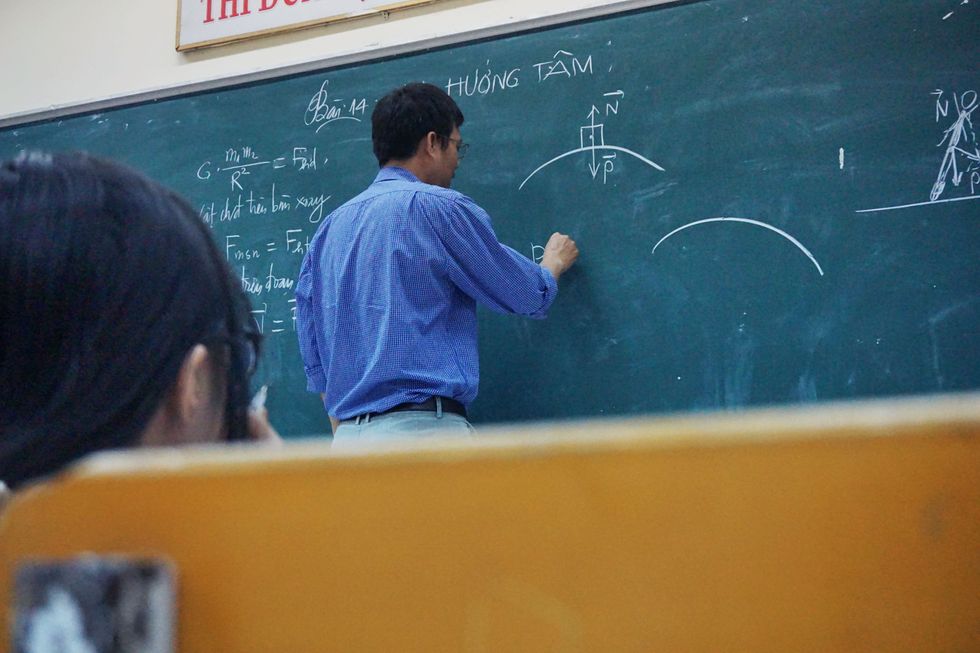When it comes to the topic of education, decisions are often made, but not quite acted upon. On the left, we have advocates that look to fund the educational system in hope of bettering the kids’ futures. On the right, education is addressed with a degree of leniency, paired with more of an advocacy for occupational programs and trade schools.
One of the more frequently debated matters regarding education, more specifically K-12, is classroom size. For many schools, a lack of funding has caused many teachers to quit; consequentially, with less teachers, more students, inevitably, have to cram into the same classroom. The student-teacher ratio, in some schools, has gone beyond 30:1. In some cases, the overcrowding issue for a classroom is so profound that a student doesn’t have his or her own desk to sit in.
Due to this notice of classroom size increase, in correlation with declining academic performance, a considerable majority of education reformers believe that the classroom size increase is more of causation. The only issue with this argument, however, is that for a contributing factor to constitute causation, it must be the sole reason that another variable must occur. With correlation, however, there are multiple variables (more than two) that can occur within a specific time span. These variables could potentially influence one another’s behavior, but never fully dictate the outcome.
What the common argument fails to account for is accountability itself. Accountability is not something that is taught in the classroom, nor should it be. This is a crucial part to a child’s success, both in the classroom, and in real life. A perfect example of this is within a lecture hall. In a lecture hall, you could have upwards of more than 150 students in the same room, listening to and meticulously noting all of the essential details to a professor’s lecture. It is up to the student to learn the material with the tools they are given, not the teacher to hold their hand through the class.
The only responsibility of any teacher or instructor is to provide the appropriate materials and knowhow for the student to guide themselves. This prepares the student for more rigorous learning material and tasks, resulting in more favorable opportunities, both scholastic and occupational.
For the teacher to implement the right tools, however, requires that the student can and will hold themselves accountable for their success in the course. Such accountability falls back on the basis of good parenting. As education has shifted, the blame of failure for a student in a class also shifted.
The shift has taken place from the student losing their privileges and extracurricular activities, to the teacher potentially losing their job (which is especially daunting with the threat of new teachers not obtaining tenure). With the latter portion of the Millennial Generation, along with Generation Z, parents bearing excessive leniency and overall apathy have made for a widespread mindset that fails to take responsibility for itself.
It’s time for parents to be accountable for their kids, and for the kids to be accountable for their own success. A system is only as useful as those that utilize it.




















